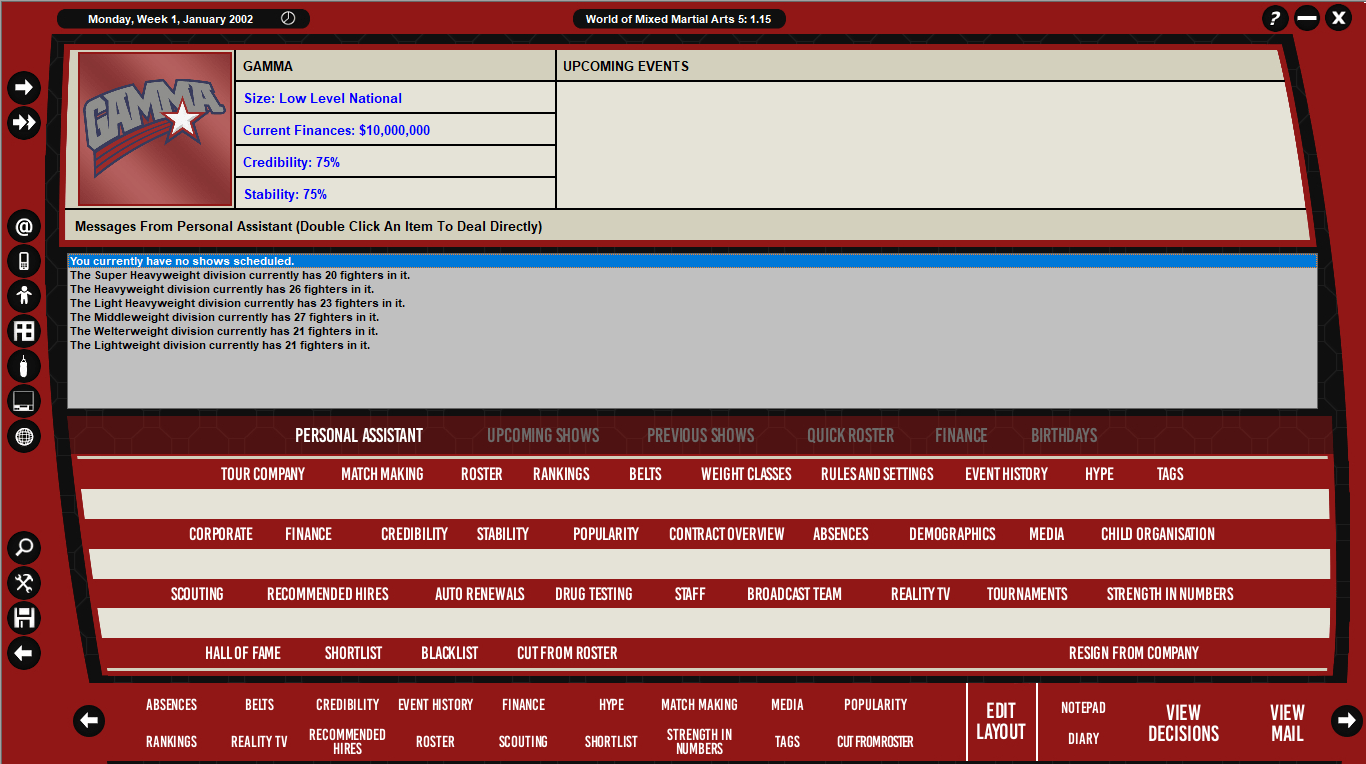
To address these issues, we conducted a retrospective chart review to compare the occurrence, clinical features, and pathogenesis of LIA infarctions with the more commonly encountered LSA infarctions.Īccording to the figure of the coronal microangiogram of a postmortem brain obtained by Kumabe et al, 11 the subcortical white matter and basal ganglia on coronal images was divided into the 3 individual vascular territories: the WMMA territory, the LIA territory, and the LSA territory, as shown in Fig 1 A. However, the LIA is a subtype of the WMMA therefore, characteristics of LIA infarcts remain poorly investigated. These findings suggest that LIA infarcts are most likely frequently categorized as LSA infarcts. The clinical features of LIA infarction have only rarely been reported 11 because the sizes and shapes of LIA and LSA infarct lesions are similar and thus difficult to discriminate by using only transaxial MR imaging ( Fig 2). Hereafter, isolated LIA infarction is referred to as LIA infarction. Then, subcortical infarctions involving the A-I line ( dashed line circle) were categorized into the LIA group, and those situated under the A-I line ( solid line circle) were classified as the LSA group ( B).Ĭlinically, isolated LIA infarction is due to a single or a few occluded LIAs with no involvement of the main trunk of the insular artery.


To standardize radiologic interpretation, interpreters drew the virtual line from the tip of the anterior horn to the top of the superior limb of the insular cleft (the A-I line), which almost corresponds to the vascular territory of the LIA. These areas are supplied with 3 individual arteries branching from the MCA, the LSA ( bold line) from the M1 segment, the LIA ( dashed line) from the M2 segment, and the WMMA ( dotted lines) from the M3 or M4 segment ( A). Vascular territories of subcortical white matter and the basal ganglia on coronal images are schematically shown (figure based on a microangiogram of a postmortem brain section of Kumabe et al 11). The LIA has characteristics that are anatomically intermediate between the LSA and the WMMA, in that it supplies the insular cortex, extreme capsule, claustrum, and external capsule and quite often extends to the corona radiata ( Fig. The LIA arises from the insular segment of MCA and has, therefore, been anatomically recognized as a subtype of the WMMA. 9 – 12 This entity has, however, attracted much less attention from physicians in other fields. The LIA infarction has been recognized mainly by neurosurgeons because interruption of this artery during the resection of opercular glioma often results in postoperative hemiparesis and characteristic corona radiata infarction. It is one of the medullary arteries in close vicinity to the territory of deep perforators. The long insular artery (LIA) is a unique supplier of the periventricular white matter. 1 – 6 Several reports suggest that WMMA infarction should be distinguished from LSA infarction and treated differently because of their different clinical and etiologic backgrounds.

7 – 10 The superficial penetrating arteries, namely the white matter medullary arteries (WMMAs), arise from the cortical branches of the MCA and feed the periventricular deep white matter. 1 – 8 Among the deep penetrating arteries, the lenticulostriate arteries (LSAs) arise from the M1 segment of the MCA and supply the lower part of the corona radiata. Periventricular white matter has 2 major vascular territories supplied by the deep and superficial penetrating arteries.


 0 kommentar(er)
0 kommentar(er)
